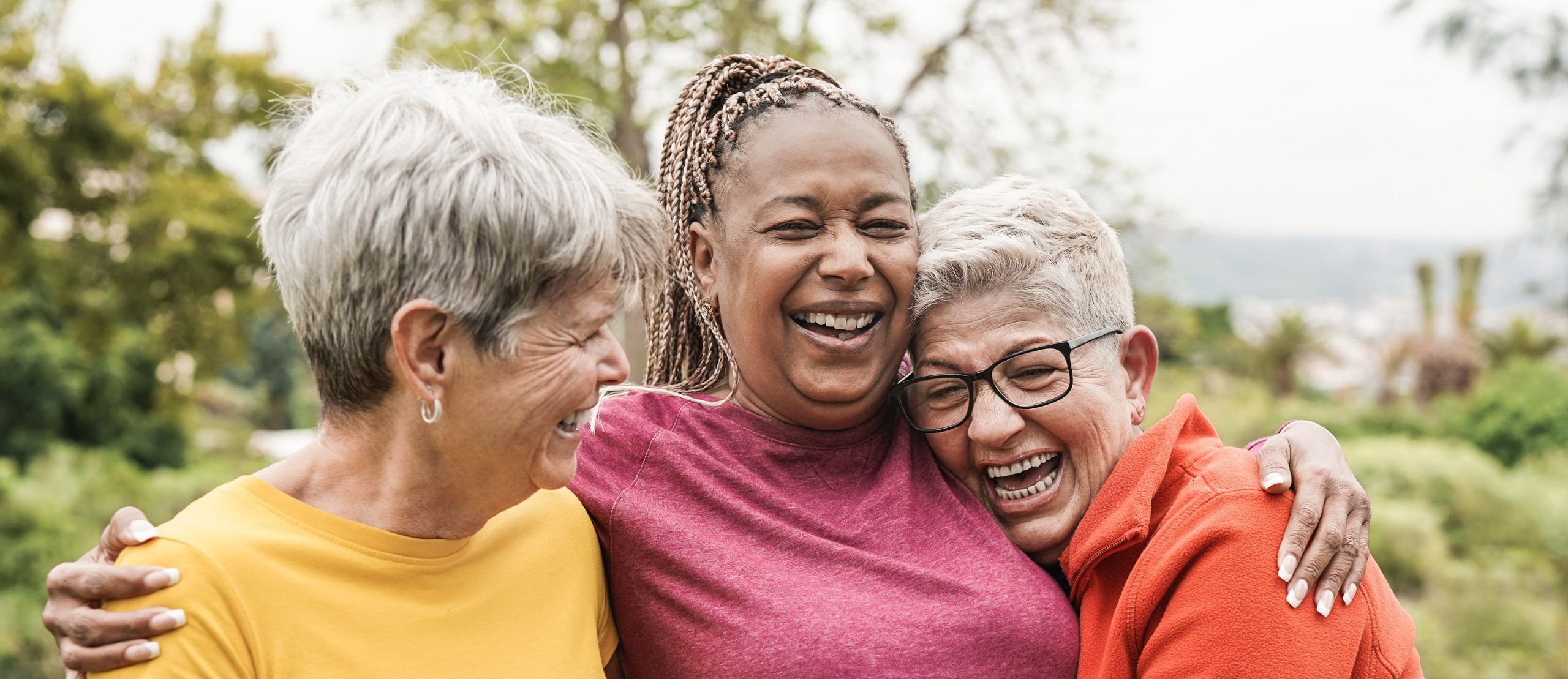4 Brain-Healthy Ways to Stay Socially Active
Making new friends and staying social as we age is difficult. But studies show it’s key to our health. According to Kalsey Killam, a social scientist who studies social health and author of The Art and Science of Connection, many people feel too busy to branch out and meet new people—and sometimes don’t know where to do it.
As a result, research shows that about one in twenty older Americans feel socially isolated and lonely. Loneliness increases a person’s risk of a number of health problems, including developing dementia. In fact, it’s associated with a 40 percent higher dementia risk over 10 years.
The good news? Experts say loneliness and social isolation may be things we have the ability to change. Here is some actionable advice to help you meet new people, make new friends, and feel less isolated in your community.
1. Volunteer for a cause you care about
Volunteering is a great way to stay socially active and meet others who care about similar causes within your community.
If you love the great outdoors, start volunteering at a local nature preserve. If you or a loved one has been affected by an illness, it can be rewarding to volunteer with patient groups or charities.
There are other bonuses that come with volunteering as well: In older adults it is also linked with better physical and mental health, providing people with a sense of purpose.
2. Do what you love with others
Build friendships with people who have shared common interests.
“Whether it’s painting, playing pickleball, or reading, join a local club or take a local class to meet new people and develop friendships centered around your hobby,” Killam told Being Patient.
The bonus is that many of the activities that involve physical or mental exercise also protect your physical and brain health. Websites and resources like Facebook Groups, Meetup, and Eventbrite can help you find your community—and your local newspaper is another great place to look for upcoming meetings of local interest groups and community events.
3. Find a third place
When people are younger, it is much easier to meet new friends, especially as we see new people at school and university. But as we age, there are fewer places to be around new groups of people.
Social scientists have found fewer and fewer “third places” in communities now—somewhere outside the home and the workplace where people can go, hang out, and meet new people.
However, many cities still have examples of third places where people can meet others in their community at little to no cost. Spaces like local libraries, community centers, parks, community gardens, cafés, and places of worship all might serve as a “third place.”
4. Reconnect with old friends and family
With technology at the fingertips, it has never been easier to chat with someone worldwide.
Marisa Franco, a clinical psychologist and friendship expert, says that reconnecting with friends requires action, and it isn’t always easy. The stresses of everyday life, like family or financial problems, for starters, lead to more social withdrawal, which can make people more self-conscious about reaching out.
“Loneliness can induce self-doubt, which can make us think people dislike us,” she said, making you less likely to reach out to a friend you haven’t seen or talked to for a while.
However, managing these social worries and taking active steps to rekindle these friendships will make it easier to reconnect with others in the long run. “Social interaction is a muscle and with less practice, we may feel like our skills have withered,” Franco said.
